Hey everyone! Consider this your official "we're back!" notice from Dhanyawad Earth. Remember that newsletter you vaguely subscribed to ages ago? Yeah, me neither.
But hey, let's be grateful you haven't unsubscribed yet! Because guess what? This time, I'm back with some awesome plant discoveries from my volunteer adventures! Forget the cheesy souvenirs – this time, I bring a leafy travel buddy. This is the amazing Chakramuni, a superfood so easy to grow it practically begs for a spot in your garden. So, grab your shovels (or trowels, if you're fancy) and let’s get growing!
Among my list of perennial greens, Sauropus androgynus, also known as Katuk, tops the chart. Not only that, but this leafy marvel claims the top spot for protein content among 273 plants, as per the World Vegetables Book! I owe a big thank-you to Varanashi Organic Farms for introducing me to this green gem and all the amazing biodiversity they nurture there.
A Nutritional Powerhouse:
I'll never forget the day when Partha showed us this wonder plant during a tour of Varanashi Farm. He plucked a leaf, tasted it, and highlighted its multivitamin properties. That's no exaggeration! Commonly referred to as the "multivitamin plant," Sauropus androgynus lives up to its name. Its Filipino name, "Chinese malunggay," reflects its similarity to the nutrient-rich Moringa oleifera tree. Interestingly, chakramuni offers similar nutritional value and leafy green characteristics, but with a delightful twist – it lacks the bitterness associated with Moringa.
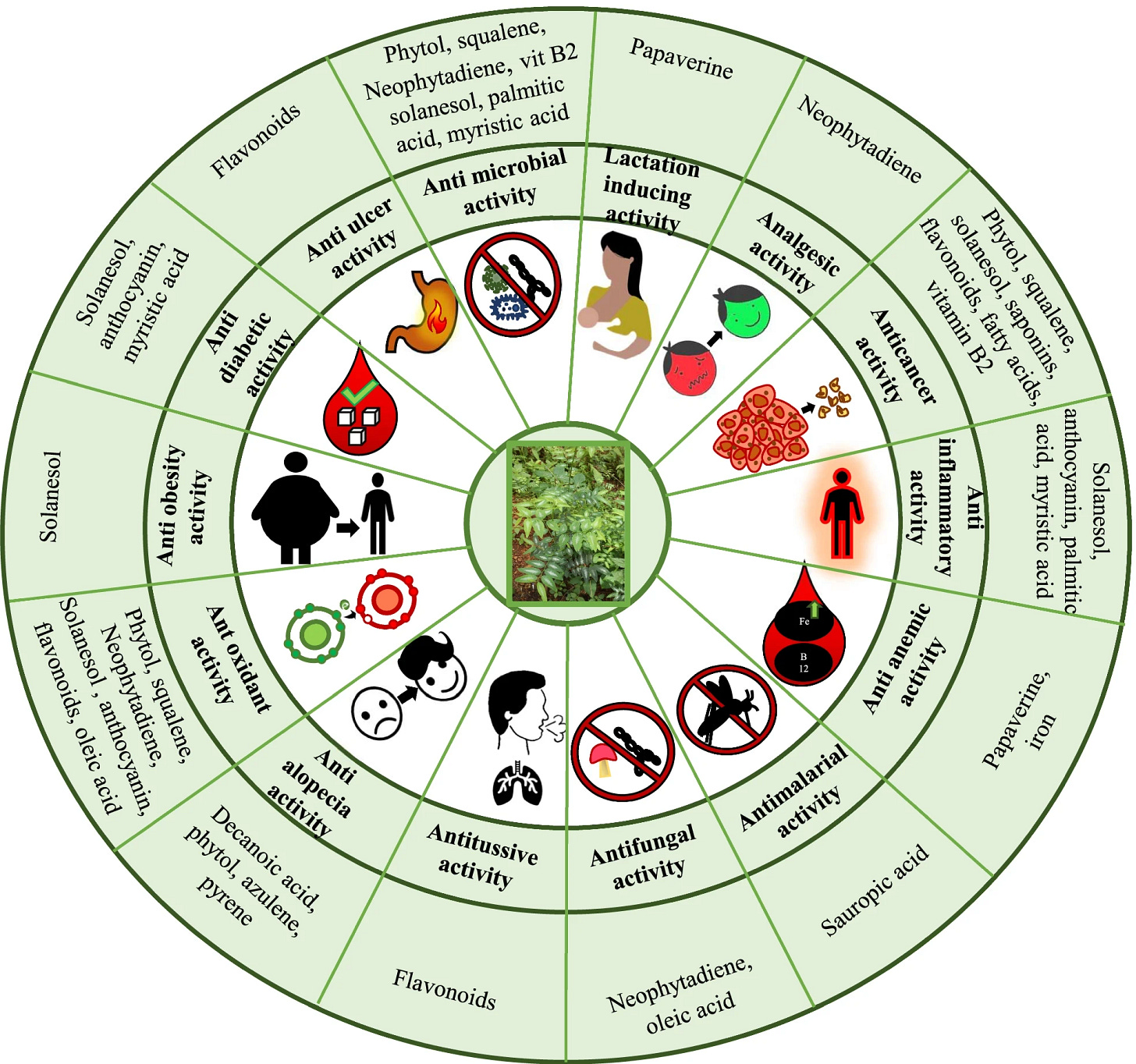
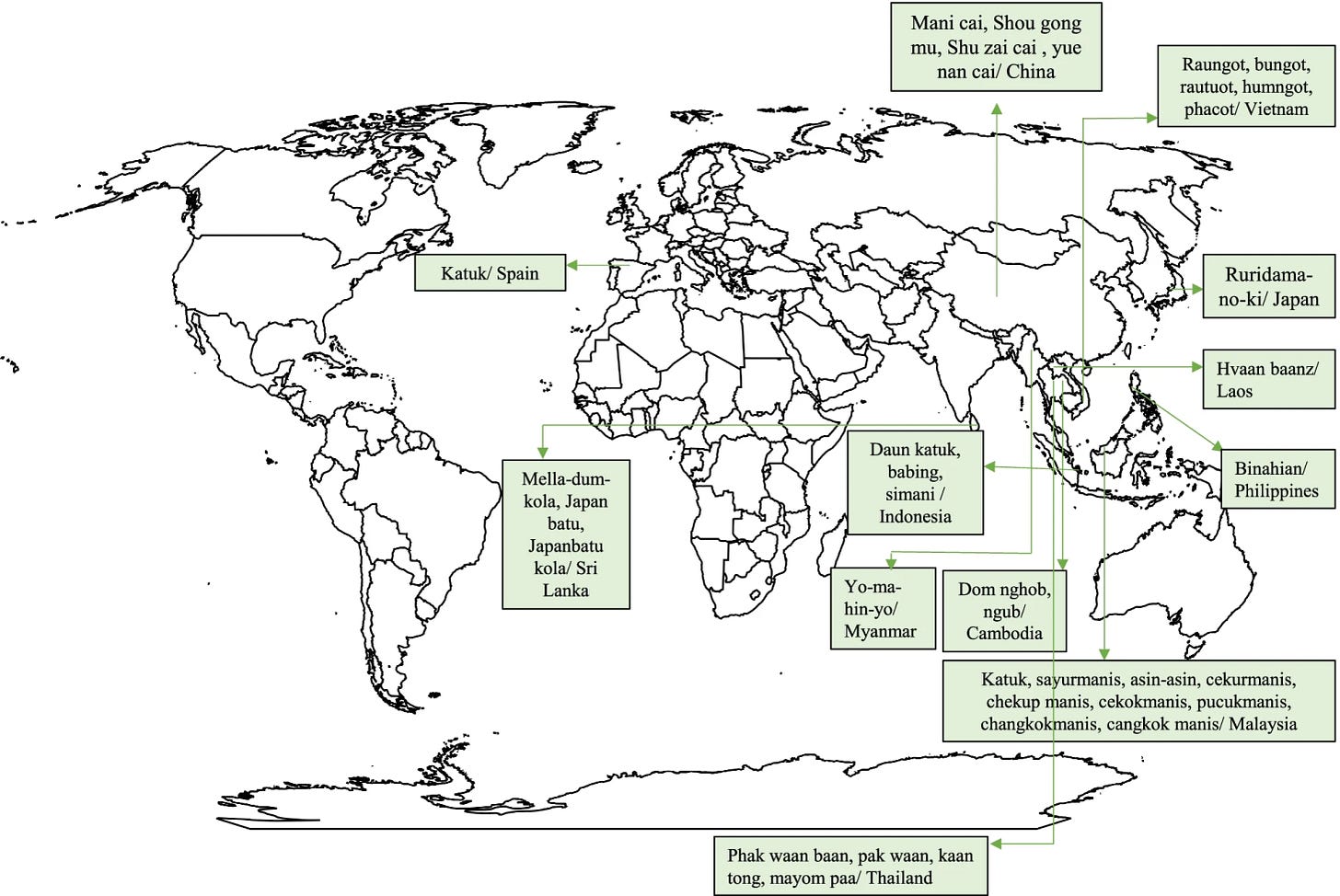
A Culinary Adventure:
Excited to try it myself, I went hunting for the plant the next day. But boy, was it tricky to spot among all the greenery! I was overwhelmed by the abundance of plants, making it difficult to identify the multivitamin plant. Finally, in another farm in Dharwad, I found it – and it was love at first bite. Known locally as Chakramuni, the leaf had this nutty, slightly sweet flavor that was unlike anything I'd tasted before. Even the young shoots turned out to be surprisingly tasty. I could easily imagine snacking on these leaves while enjoying a forest walk.

Effortless Abundance:
The beauty of chakramuni lies in its ease of propagation. Once cut back the plant readily produces new vertical shoots from its nodes. It does not form side branches. We used stem cuttings to multiply our plants, and guess what? This plant followed me almost every farm I volunteered at afterward. (It became my unexpected farm travel companion! The perfect partner I never knew I needed!) At a farm in Mudenur, Sunita Akka made a raw salad for me, including these leaves with other ingredients. It was delicious! At a farm in Tumkur where almost 100+ plant species were growing, I missed the sight of chakramuni, and finally, one day, we got two plants of chakramuni, and I was so happy to finally plant them with Ajji. A year later, when I visited the farm, they were all in full bloom!
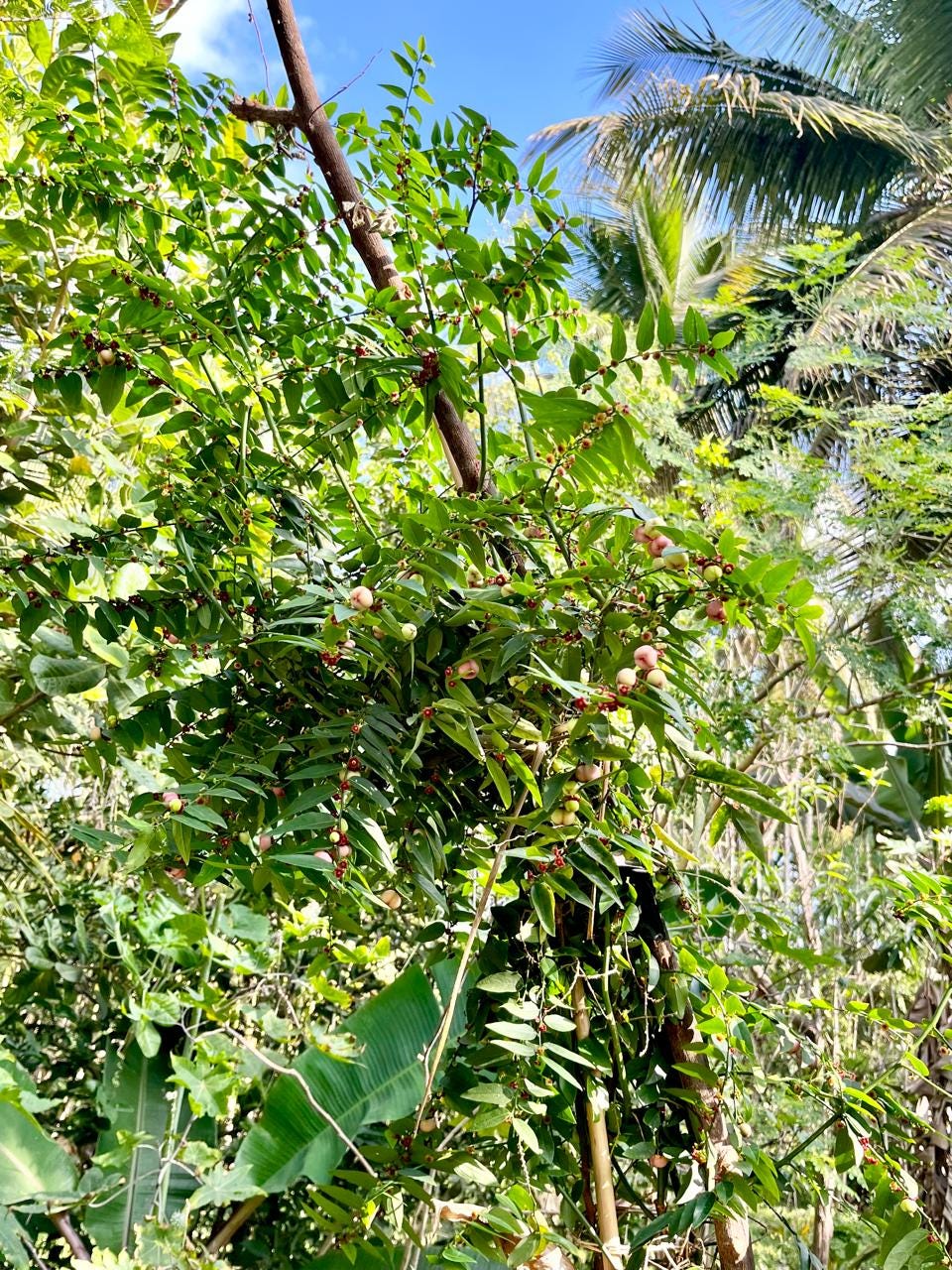
Adaptability and Versatility:
Initially, I thought Chakramuni only thrived in the western part of the country. However, a visit to Sarah's farm in Auroville revealed these plants flourishing in full sun. They were lush green, dense, and loaded with shyly hidden fruits. Through Sarah, I learned its name as "Sweet Leaf," and we incorporated a few sprigs of the leaves into our smoothie. This perfectly aligns with its Malayalam name, "Madhura Cheera," which translates to "sweet greens." This name reflects the plant's mild, slightly sweet flavor.
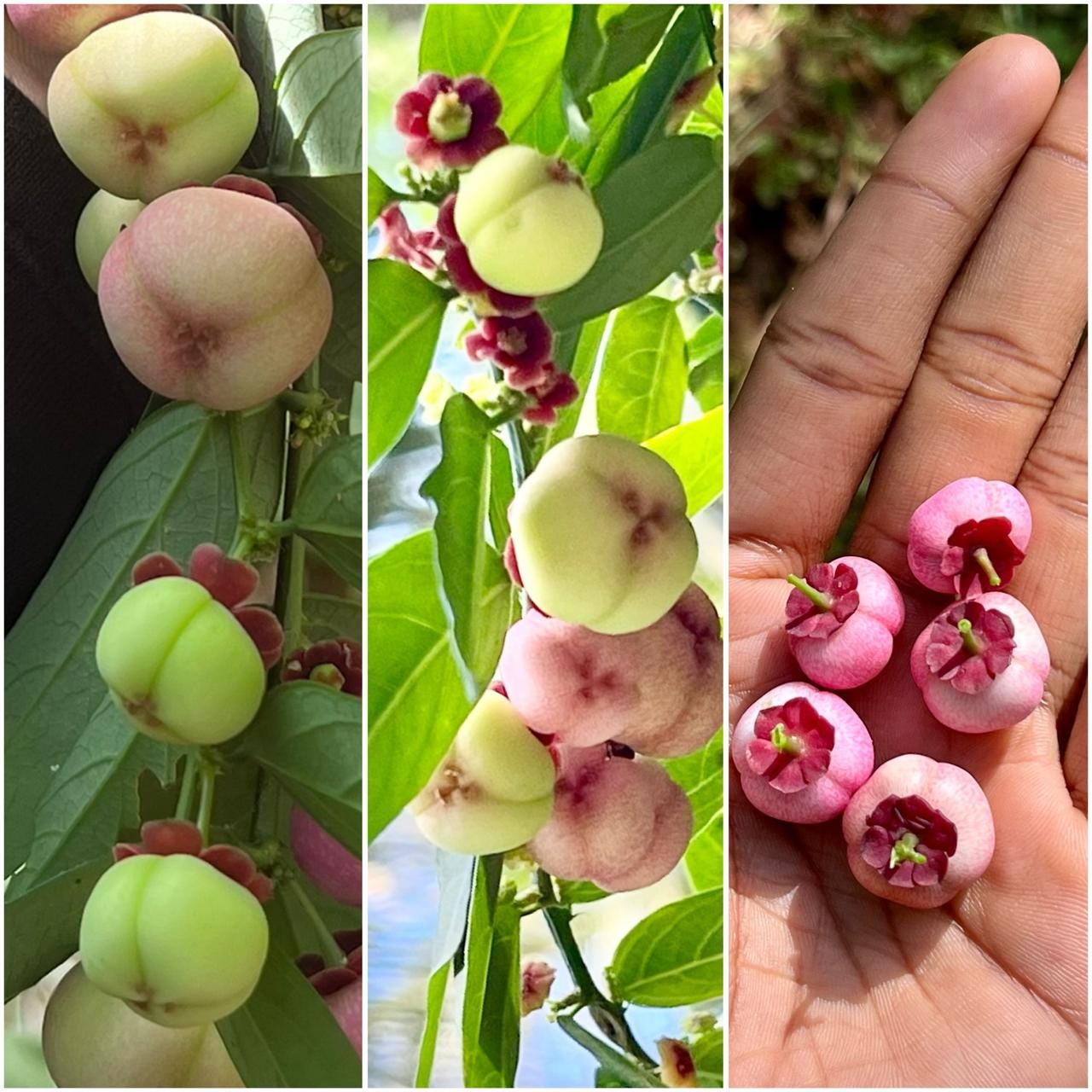
A Boon for Permaculture Systems:
I also spotted them at Aranya Forest, interplanted with taller crops that provided partial shade. This demonstrates the plant's adaptability within a guild and multi-layered system. Chakramuni offers a multitude of uses and can be incorporated into your diet in various ways (just remember don’t consume large quantities on a daily basis, moderation is key!). I collected seeds from Sarah's farm once the fruit matured, and now I have my own Katuk growing in a pot at home. I simply planted them directly in a 10-inch pot, no transplanting needed, and with just daily watering, they're thriving. It just goes to show how low-maintenance this plant truly is. And every time I see those green leaves growing, it brings back a wave of happy memories.
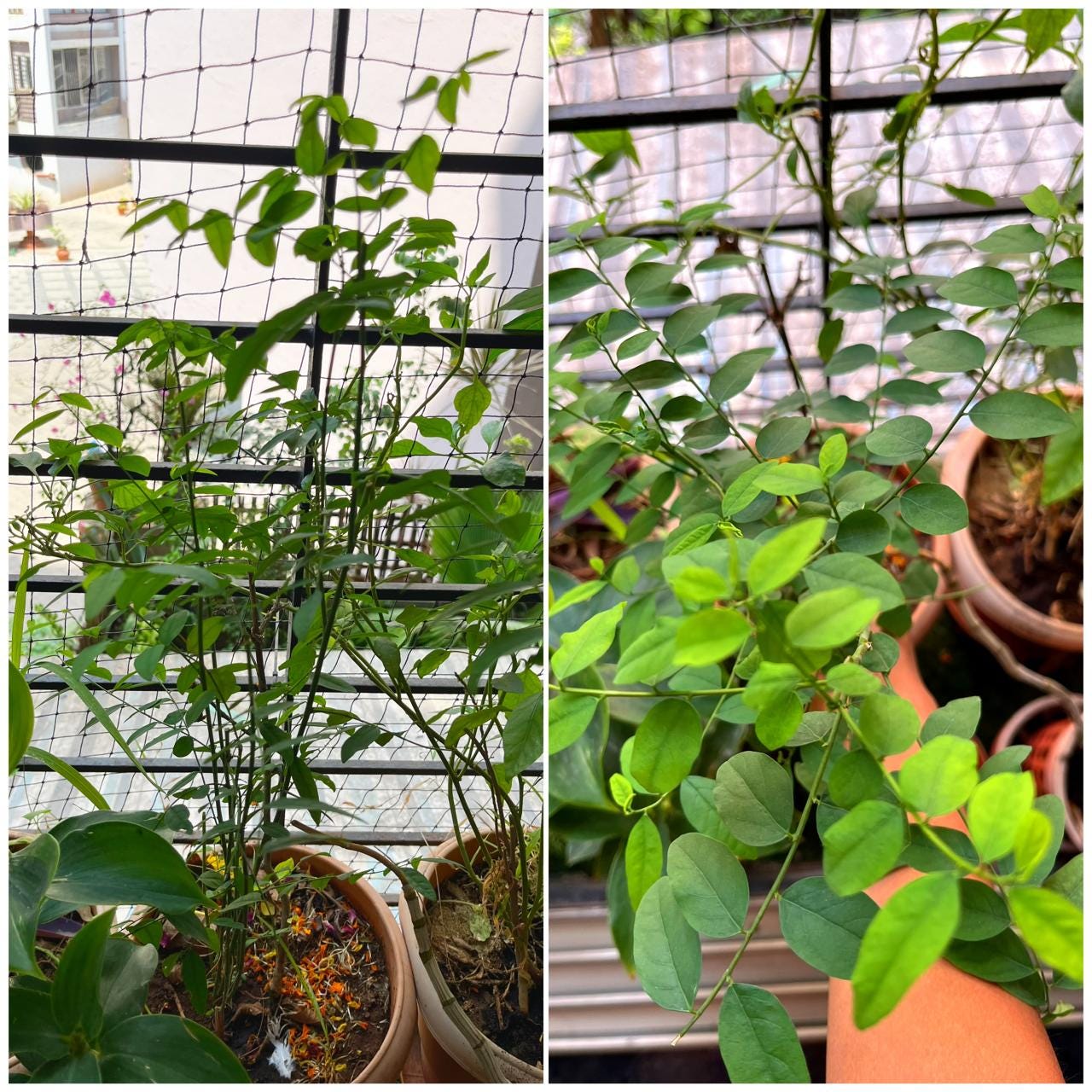
Living Local, Living Easy
I've always believed that life becomes easier when we consume more of local & perennial food. Plants like Chakramuni are perennial. This means you plant it once, and it keeps rewarding you with delicious, nutritious leaves year after year! It's also far more nutritious than spinach (no offense to spinach!). This translates to less water and energy required for growth, minimal care needed, minimal soil disturbance, year-round growth, and a high yield – a key factor in food security, especially during harsh summers when greens wilt and require significant effort and resources to prevent bolting and pest attacks. I've witnessed this firsthand and heard it echoed by numerous farmers – growing seasonal & perennial plants requires minimal effort and is generally less susceptible to pests. Easy to grow, easy to maintain, easy to consume! This plant is essentially designed to make your life easier. So, what are you waiting for? Grow some Chakramuni today!
My Observations:
During my travels, I noticed fascinating variations in Chakramuni leaves. Plants in full/partial sun had bright, light green leaves, while those in shade sported darker green leaves with a distinctive white/silver variegation near the central midrib. Is this an adaptation to sunlight availability?
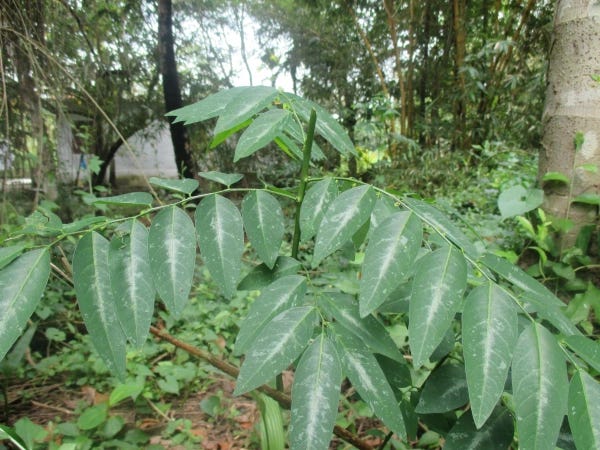
Expanding Our Knowledge:
I've seen Katuk thriving in Monsoon (Am) and Tropical Savannah (Aw) climates. But what about other regions? Have any of our readers grown this versatile plant in a different climatic zone? Share your experiences and what it's called in your region in the comments below!
References:
https://journalofethnicfoods.biomedcentral.com/articles/10.1186/s42779-022-00125-8
https://permacultureplants.com/plants/katuk/
https://assets.echocommunity.org/presentations/3f612c43-2e19-44af-8274-293df8b75a3a/nutritious-leafy-vegetables-amaranth-chaya-katuk-moringa.pdf








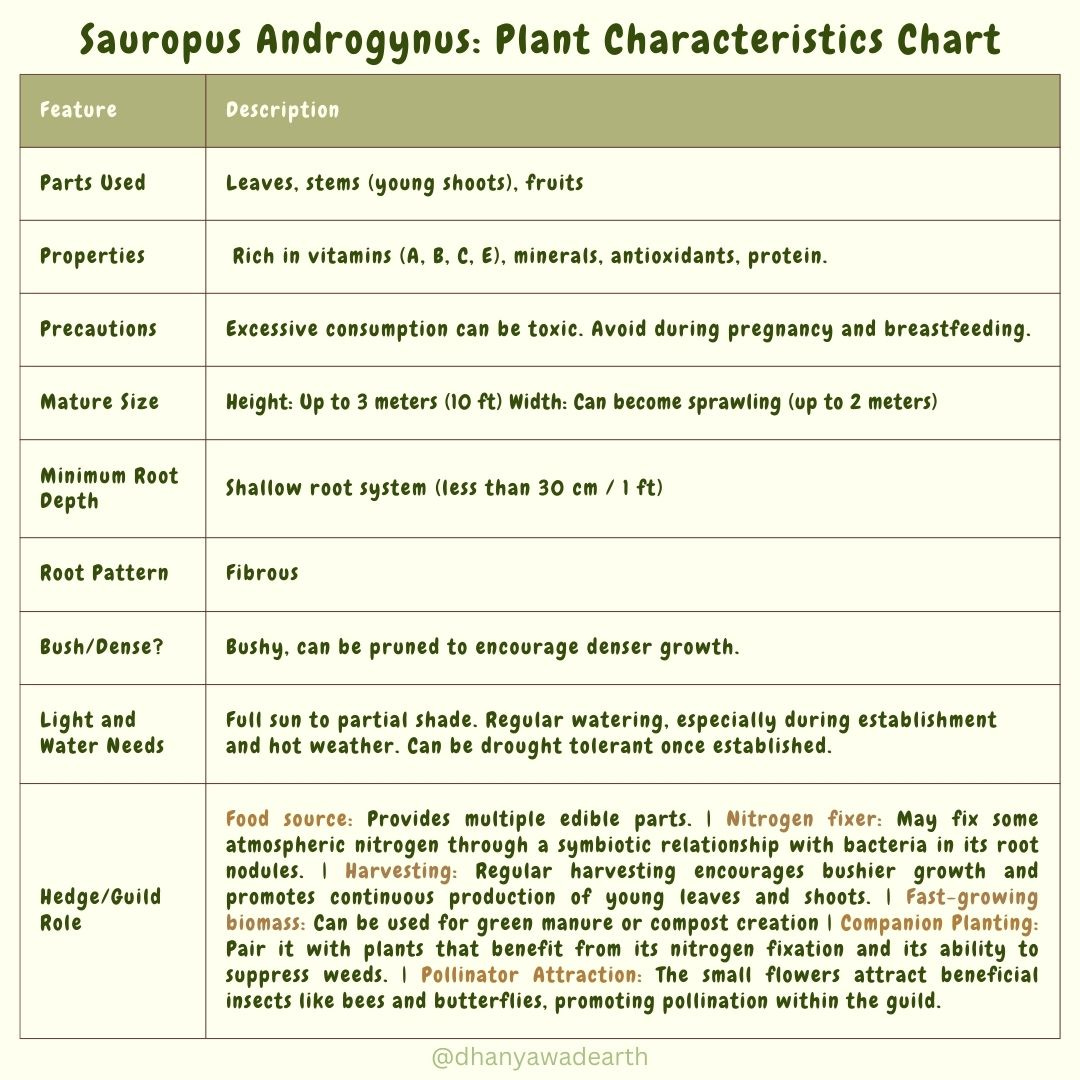
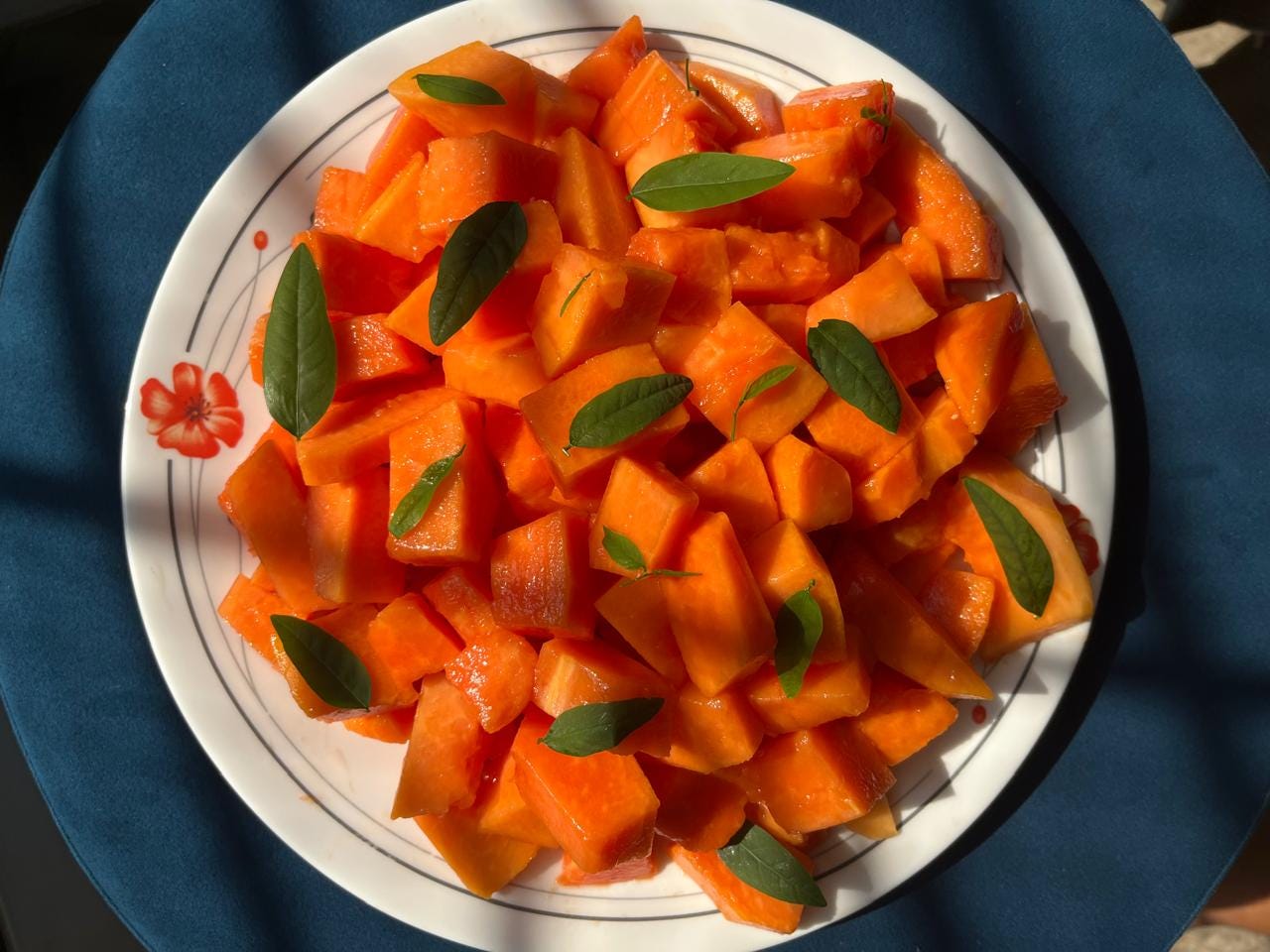
Wow!
Just when I was looking for plant based vitamin supplements, came across this on my inbox, truly cosmic :D
Thank-you for yet another interesting and amazing letter 🤍
Wonderful piece. I’ll grow this for sure. Hopefully it should survive and thrive in the MP climate.